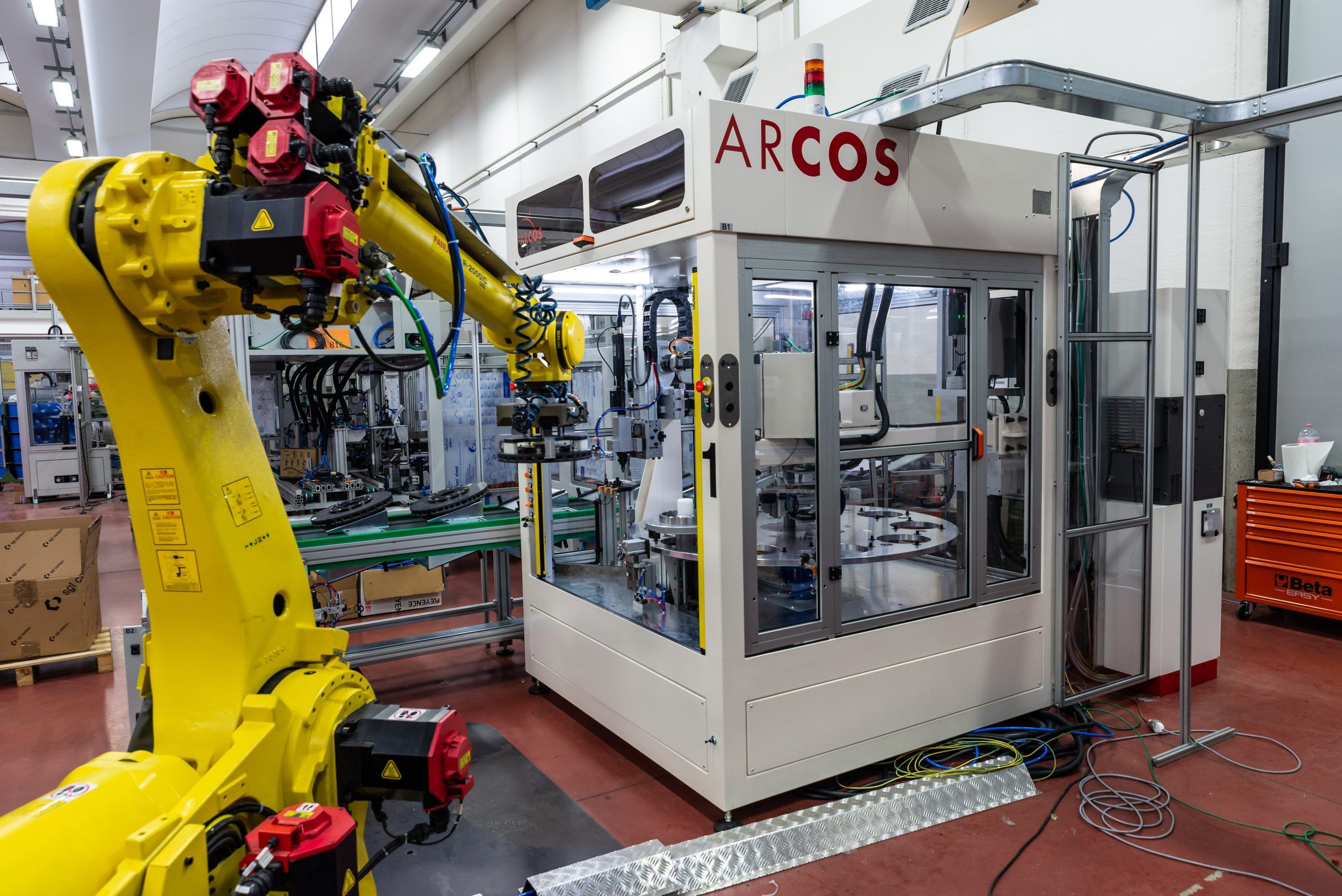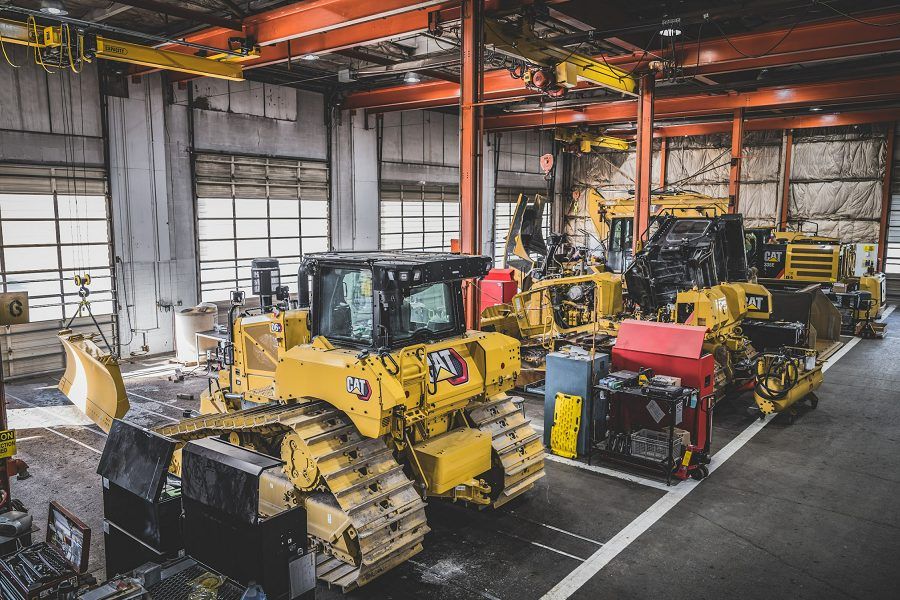
Robotics and Automation Systems for Modern Industries
- 0
In recent years, the use of robotics and automation systems in industry has become increasingly prevalent. With advances in technology and the need for increased efficiency and productivity, many companies are turning to these systems to streamline their operations. From manufacturing to logistics, robotics and automation are revolutionizing the way modern industries operate.
The Benefits of Robotics and Automation
There are numerous benefits to implementing robotics and automation systems in modern industries. One of the most significant advantages is increased efficiency. Robots can work around the clock without the need for breaks, resulting in higher productivity levels. Automation systems can also perform repetitive tasks with a high degree of accuracy, reducing the risk of human error.
Additionally, robotics and automation systems can help improve workplace safety. By taking over dangerous tasks, such as heavy lifting or working in hazardous environments, these systems can protect human workers from potentially harmful situations. This not only reduces the risk of injury but also creates a safer work environment overall.
Applications of Robotics and Automation
Robotics and automation systems are being used in a variety of industries, from manufacturing to healthcare. In manufacturing, robots can perform tasks such as assembly, welding, and painting with a level of precision that is difficult for humans to match. In healthcare, automation systems can assist with tasks such as medication dispensing and patient monitoring.
One of the most exciting applications of robotics and automation is in the field of artificial intelligence. AI-powered robots can learn from their interactions with the environment and improve their performance over time. This has led to the development of autonomous vehicles, robotic surgery systems, and even robots that can assist with household chores.
The Future of Robotics and Automation
As technology continues to advance, the possibilities for robotics and automation in industry are limitless. From the integration of AI and machine learning to the development of collaborative robots that can work alongside humans, the future of robotics and automation is bright.
One of the key challenges facing the industry is the need to retrain the workforce to work alongside these new technologies. With robots and automation systems taking on more tasks traditionally done by humans, there is a growing need for workers who can program, maintain, and oversee these systems.
Conclusion
Robotics and automation systems are transforming modern industries in ways we never thought possible. From increased efficiency to improved workplace safety, the benefits of these systems are clear. As we look towards the future, it is evident that robotics and automation will continue to play a crucial role in driving innovation and productivity in industry.

